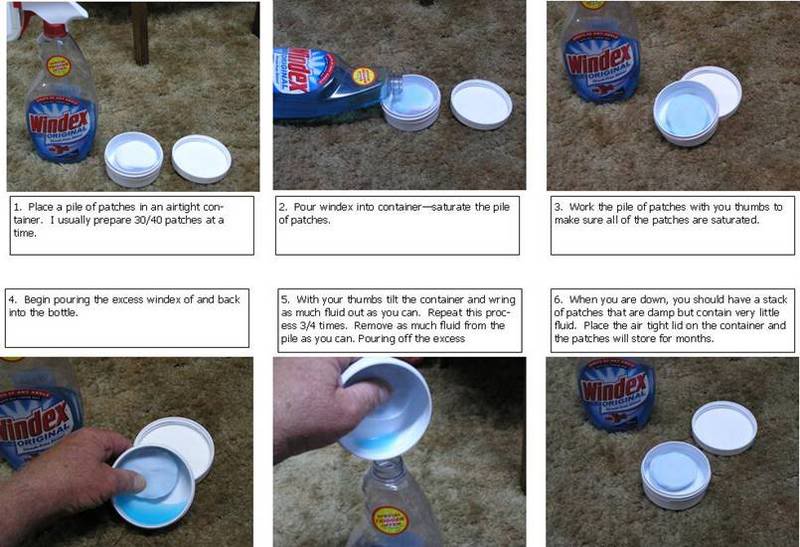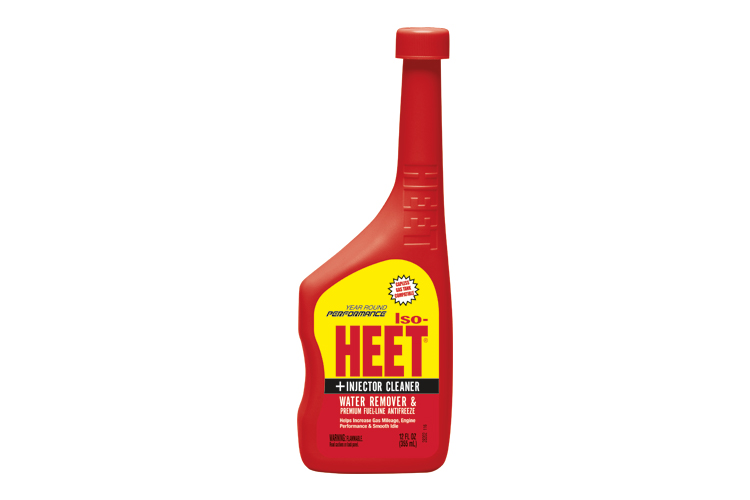NewlyMinted
Member
- Joined
- Nov 10, 2018
- Messages
- 19
- Reaction score
- 1
I recently realized that my blow-back and misfires are being caused by excess moisture in the breech area left by my wet patch between shots.
I feel like a fool, but I'm glad I figured it out - mostly by examining the powder I pushed out and realizing it was caked.
I bought the CVA range kit and it included the cleaning wet patches that I used. I knew consistency was key to whatever I decided to do, so my routine was shoot, wet patch, and 3-4 dry patches depending on the fouling, check the flash-hole for round light and reload.
As my CVA wet patch jar was getting low on patches the moisture level must have ramped up in each patch and I didn't notice. The symptoms were blow-back on almost all primers and random misfires, and often the flashhole wasn't a clear circle.
I fixed it by squeezing out the patch so it was just damp and all was right in the world.
I'm asking for a little advice.
I keep throwing dry patches into the CVA jar to soak up the excess liquid but I think I'm a couple of range days and cleanup sessions away from needing a replacement liquid. I like having a jar handy with wet patches so just need to replenish the fluid, and want to try something new.
I have been using Pyrodex RS and will likely keep doing so. I've read that battisol/ murphy's and water is a great parts soaker and cleaning patch solution, but I've also read that alcohol is a good wet patch between shots since it evaporates.
If I have my jar of wet patches in a new solution in the next week or so, what would be a good option? Is the alcohol IPA alcohol or something else?
Any help would be totally appreciated.
I love my CVA Accura LR, and have really enjoyed this forum!
I feel like a fool, but I'm glad I figured it out - mostly by examining the powder I pushed out and realizing it was caked.
I bought the CVA range kit and it included the cleaning wet patches that I used. I knew consistency was key to whatever I decided to do, so my routine was shoot, wet patch, and 3-4 dry patches depending on the fouling, check the flash-hole for round light and reload.
As my CVA wet patch jar was getting low on patches the moisture level must have ramped up in each patch and I didn't notice. The symptoms were blow-back on almost all primers and random misfires, and often the flashhole wasn't a clear circle.
I fixed it by squeezing out the patch so it was just damp and all was right in the world.
I'm asking for a little advice.
I keep throwing dry patches into the CVA jar to soak up the excess liquid but I think I'm a couple of range days and cleanup sessions away from needing a replacement liquid. I like having a jar handy with wet patches so just need to replenish the fluid, and want to try something new.
I have been using Pyrodex RS and will likely keep doing so. I've read that battisol/ murphy's and water is a great parts soaker and cleaning patch solution, but I've also read that alcohol is a good wet patch between shots since it evaporates.
If I have my jar of wet patches in a new solution in the next week or so, what would be a good option? Is the alcohol IPA alcohol or something else?
Any help would be totally appreciated.
I love my CVA Accura LR, and have really enjoyed this forum!







